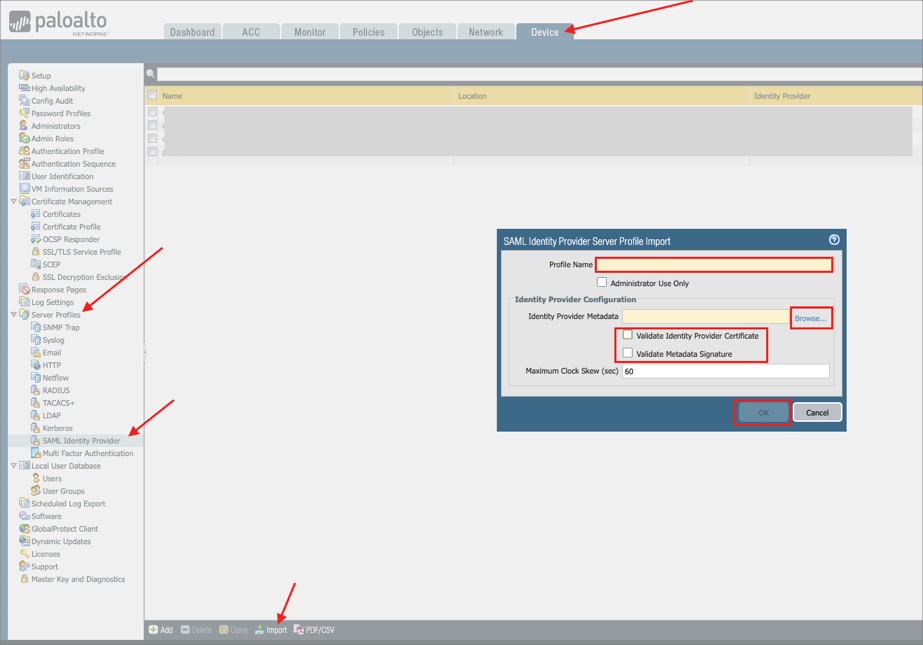

HIP policies can be based on a number of attributes, including: That govern the amount of access a given user should have with a particular device. These principles help enforce compliance with policies

Permit access when the endpoint is properly configured and secured. The next-generation firewall uses the HIP to enforce application policies that only Shared with the next-generation firewall. GlobalProtect checks the endpoint to get an inventory of how it’s configured and builds a host information profile (HIP) that’s
MFA: Before a user can access an application, he or she can be required to present an additional form of authentication. Managing, issuing, and distributing certificates to GlobalProtect clients. Simplified certificate enrollment protocol support: GlobalProtect can automate the interaction with an enterprise PKI for. Portal or gateway for the lifetime of that cookie. Cookie-based authentication: After authentication, you may choose to use an encrypted cookie for subsequent access to a. GlobalProtect has options to make strong authentication even easier to use and deploy: These options help organizations strengthen the proof of identity for access to internal data center or software-as-a-service #PALO GLOBALPROTECT PASSWORD#
GlobalProtect supports a range of third-party multi-factor authentication (MFA) methods, including one-time password tokens,Ĭertificates, and smart cards, through RADIUS and SAML integration. Next-generation firewall with a user-to-IP-address mapping for User-ID.

Once GlobalProtect authenticates the user, it immediately provides the GlobalProtect supports all existing PAN-OS® authentication methods, including Kerberos, RADIUS, LDAP, SAML 2.0, clientĬertificates, biometric sign-in, and a local user database. Secure Access Control User Authentication Such as the transfer of customer information or other confidential content.
Data filtering enables administrators to implement policies that can be used to stop the unauthorized movement of data,. File blocking stops the transfer of unwanted and dangerous files while further scrutinizing allowed files with WildFire. URL Filtering with PAN-DB categorizes URLs based on their content at the domain, file, and page level, and receives updatesįrom WildFire so that when web content changes, so do categorizations. Antivirus profiles stop malware and spyware from reaching the Systems, denial-of-service (DoS) attacks, and port scans. Threat Prevention for IPS and antivirus blocks network-based exploits targeting vulnerable applications and operating. Targeted malware by its behavior and generates the threat intelligence to stop it in near-real time. WildFire® malware prevention service automates the analysis of content to identify new, previously unknown, and highly. SSL Decryption inspects and controls applications that are encrypted with SSL/TLS/SSH traffic and stops threats within. User-ID™ technology identifies users and group memberships for visibility as well as the enforcement of role-based network. To manage application usage based on users and devices. App-ID™ technology identifies application traffic, regardless of port number, and enables organizations to establish policies. Security teams can prevent successful cyberattacks by bringing all of the platform’s capabilities to bear: GlobalProtect enables security teams to build policies that are consistently enforced whether the user is internal or remote. Inspection of Traffic and Enforcement of Security Policies Enforces step-up multi-factor authentication. Delivers immediate and accurate host information for visibility and policy enforcement. Supports customized authentication mechanisms for managed and unmanaged devices. Supports automated identification of unmanaged devices. Enables secure, clientless access for partners, business associates, and contractors. Supports app-level VPN for user privacy.







 0 kommentar(er)
0 kommentar(er)
